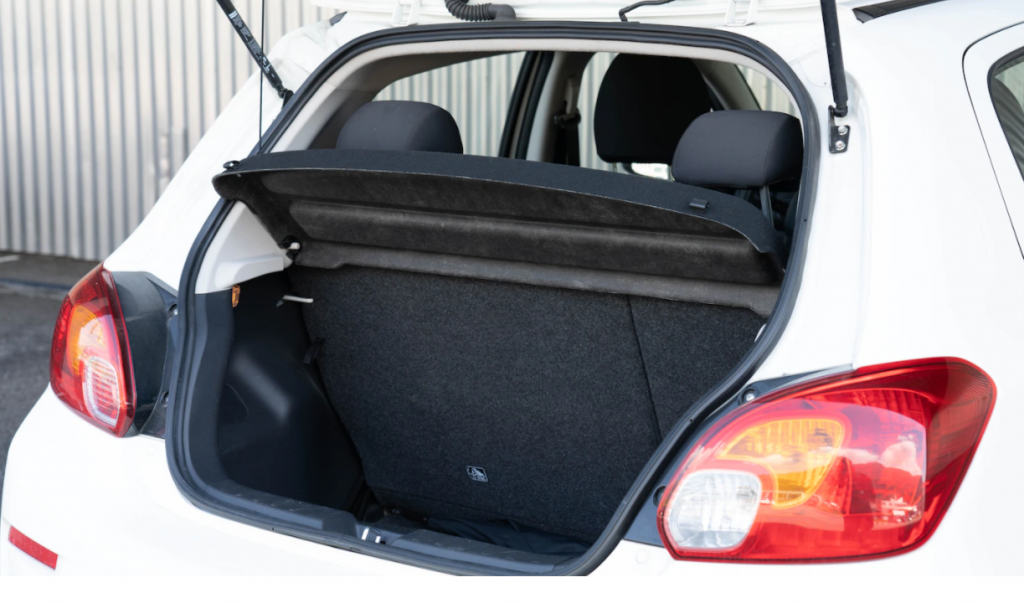Thermoforming Process

Thermoforming is a highly effective technique for transforming flat plastic sheets into three-dimensional forms. By uniformly heating the plastic, it becomes pliable enough to be molded either through vacuum deep drawing or by using a closed mold with a press. This process is ideal for creating durable, permanently reshaped plastic components.
How Thermoforming Works
Thermoplastics, when heated, soften to the point where they can be easily molded into new shapes. To ensure the material’s flexibility before forming, it can be heated either entirely or partially using hot air or infrared radiation, depending on the specific requirements of the application.
Deep drawing with hot air

Deep drawing with infrared

In the automotive industry and beyond, thermoforming is commonly used to produce molded parts from plastic rolls or sheets. Items such as door panels and parcel shelves are frequently created through this process. For plastics with a thickness of 1 mm or more, KRELUS infrared heating sources are the preferred choice, providing precise and efficient heat application.
The Thermoforming Process
The thermoforming process itself follows these straightforward steps:
Insert the Plastic
The plastic sheet or roll is positioned in the thermoforming machine.Heating
The material is uniformly heated using hot air or infrared radiation until it becomes pliable.Forming
The softened plastic is then molded into the desired shape using vacuum deep drawing or a press.Cooling
The newly formed part is cooled and solidified, maintaining its new shape.
The key advantage of using infrared heating in this process is its ability to deliver precise, controlled heat, ensuring energy efficiency and superior product quality.
Leister’s advanced thermoforming solutions provide the tools and technology needed for efficient, high-quality plastic forming, making them ideal for a wide range of industrial applications.
